We all know that trees are important to this world, they are air purifiers, converting CO2 to O2, and keeping balance to this world and all the stuff. But without proper management, trees can be a hazard to your house.
Tree management is a crucial aspect of maintaining healthy and aesthetically pleasing landscapes, whether in urban or rural settings. Among the various techniques used to care for trees, pollarding stands out as a time-honoured method.
This practice involves systematically cutting back the upper branches of a tree to control its size and shape, encouraging dense, bushy growth. Understanding the difference between pollarding and pruning, knowing when a tree needs pollarding, and recognizing the benefits of each method can help homeowners, gardeners, and urban planners make informed decisions about tree care.
What is Tree Pollarding?
Tree pollarding is a method of pruning trees to control their size and shape, which has been used for centuries. This technique involves cutting the upper branches of a tree back to a predetermined point, encouraging new growth in a controlled manner.
Here’s a closer look at what tree pollarding is, why it’s done, and how it benefits both trees and the environment.
What is Pollarding?
Pollarding is a form of tree management that involves removing the upper branches of a tree, typically to a point where the trunk is still relatively young. This process encourages the growth of dense, bushy foliage and multiple smaller branches. Unlike simple pruning, which involves selective removal of branches, pollarding involves a more drastic and systematic cutting back of the tree.
How is Pollarding Done?
- Initial Cutting: The first step in pollarding is to select a height at which the tree will be cut. This height can vary depending on the species of the tree and the purpose of the pollarding. Once the height is chosen, all the branches above this point are removed. This initial cutting can look quite drastic, as it reduces the tree to a bare trunk with a few stubs of branches.
- Regrowth: After the initial cut, the tree will start to produce new shoots from the cut points. These shoots grow rapidly, creating a dense crown of foliage and branches.
- Regular Maintenance: Pollarded trees require regular maintenance to keep them in the desired shape and size. This involves cutting back the new growth every few years, usually to the same point as the initial cut. Without regular pollarding, the tree can grow out of control, potentially leading to weak and unstable branches.

Benefits of Pollarding
- Size Control: One of the primary reasons for pollarding is to control the size of the tree. This is particularly useful in urban areas where space is limited. By keeping trees smaller, they are less likely to interfere with power lines, buildings, and other structures.
- Safety: Pollarded trees are less likely to drop large branches, which can be a safety hazard. The regular cutting back encourages the growth of smaller, more manageable branches.
- Health of the Tree: Pollarding can help to keep trees healthy by removing old, diseased, or damaged branches. This allows the tree to focus its energy on producing new growth.
- Aesthetic Appeal: Pollarded trees have a unique and attractive appearance, with their dense, rounded crowns and evenly spaced branches. This can add visual interest to parks, gardens, and streetscapes.
Environmental and Historical Significance
Pollarding has a long history and has been used for various purposes throughout the centuries. In medieval times, it was common practice to pollard trees to provide a sustainable source of wood for fuel, fencing, and tools without killing the tree. This method ensured that communities could continuously harvest wood while keeping the trees alive and healthy.
Today, pollarded trees are often found in parks and along streets in cities across Europe. They provide shade, reduce urban heat islands, and improve air quality. Pollarded trees can also support biodiversity by providing habitats for birds, insects, and other wildlife. The dense growth of branches and leaves offers shelter and food for various species, contributing to the ecological balance in urban areas.
What is the Difference Between Pruning and Pollarding?
Pruning and pollarding are both tree management techniques used to control the growth, shape, and health of trees. However, they differ significantly in their methods, purposes, and outcomes.
Here’s a detailed comparison to help understand the distinctions between the two practices:
Pruning
Definition: Pruning involves the selective removal of specific parts of a tree, such as branches, buds, or roots. It is typically done to enhance the tree’s health, improve its structure, and ensure safety.
Methods:
- Selective Cutting: Pruning targets specific branches that are dead, diseased, damaged, or interfering with other branches.
- Thinning: This involves removing certain branches to reduce the density of the tree, allowing more light and air to penetrate through the canopy.
- Shaping: Pruning can help shape the tree to improve its aesthetic appeal or to direct its growth in a particular direction.
Frequency: Pruning can be done annually or as needed, depending on the tree’s condition and growth.
Purposes:
- Health: Removing dead or diseased branches helps prevent the spread of disease and pests.
- Safety: Eliminating weak or overhanging branches reduces the risk of falling limbs that could cause injury or damage.
- Aesthetics: Shaping the tree enhances its visual appeal and ensures it fits well within a landscape design.
- Growth Management: Pruning helps manage the tree’s growth pattern and size.
Impact: Pruning generally involves minimal and strategic cuts that do not drastically alter the tree’s overall structure or appearance.

Pollarding
Definition: Pollarding is a more intensive form of pruning where the upper branches of a tree are cut back to a predetermined height, resulting in a compact and dense growth of new shoots.
Methods:
- Initial Cutting: The first pollarding cut is made at a specific height, reducing the tree to a bare trunk with stubs of branches.
- Regular Maintenance: Subsequent cuts are made every few years to the same points to maintain the shape and size.
Frequency: Pollarding requires regular and consistent maintenance, usually every two to five years, to manage the regrowth effectively.
Purposes:
- Size Control: Pollarding keeps trees at a manageable size, which is especially useful in urban areas where space is limited.
- Safety: Regular cutting back reduces the risk of large branches falling, making it safer for urban environments.
- Resource Management: Historically, pollarding was used to provide a sustainable source of wood for fuel, fodder, and tools without killing the tree.
Impact: Pollarding significantly alters the tree’s natural form, resulting in a distinctive, often knobby appearance where the cuts are made. The tree develops a dense crown of new shoots from the cut points.
Key Differences
- Intensity: Pollarding is more drastic than pruning. While pruning involves selective removal, pollarding involves cutting back all the upper branches to a fixed height.
- Maintenance: Pollarded trees require more frequent and consistent maintenance compared to pruned trees.
- Purpose: Pruning focuses on the tree’s health, safety, and aesthetics, whereas pollarding primarily controls the tree’s size and shape, often for specific practical reasons like space management or resource harvesting.
- Appearance: Pruned trees maintain a more natural shape, while pollarded trees have a unique, more controlled structure with dense regrowth from cut points.
In summary, both pruning and pollarding are valuable tree management techniques, each with its specific applications and benefits. Pruning is ideal for maintaining tree health and aesthetic appeal, while pollarding is effective for controlling tree size and ensuring safety in urban environments. Understanding the differences between the two practices helps in selecting the appropriate method for managing trees in various settings.
How Do You Know If Your Trees Need Pollarding?
Determining whether your trees need pollarding involves assessing several factors related to the tree’s health, growth patterns, and the surrounding environment. Here are some key indicators that can help you decide if pollarding is necessary for your trees:
Indicators Your Trees May Need Pollarding
- Excessive Growth:
- Size Management: If a tree has grown too large for its location, potentially interfering with power lines, buildings, or other structures, pollarding can help manage its size.
- Overcrowding: In areas with multiple trees, excessive growth of one tree might crowd out others, limiting their access to sunlight and nutrients.
- Safety Concerns:
- Weak Branches: Trees with large, heavy branches that could pose a risk of falling and causing injury or damage may benefit from pollarding.
- Urban Environments: Trees in busy urban areas, parks, or streets might need pollarding to prevent branches from becoming hazards to pedestrians, vehicles, and property.
- Maintenance and Accessibility:
- Routine Maintenance: Trees that require frequent trimming to prevent interference with structures or to maintain sightlines (e.g., along roads or in parks) might be more efficiently managed through regular pollarding.
- Accessibility: Trees in areas where access for maintenance is limited or challenging might benefit from the controlled growth pattern that pollarding provides.
- Environmental and Historical Practices:
- Traditional Use: In areas where pollarding has historically been used for wood production, livestock fodder, or other resources, continuing this practice might be beneficial for sustainability.
- Biodiversity: Pollarded trees can provide habitats for wildlife, including birds and insects. If promoting biodiversity is a goal, pollarding might be suitable.
- Health and Rejuvenation:
- Old or Diseased Trees: Trees that are old or have certain diseases might benefit from pollarding as it can remove affected branches and encourage new, healthy growth.
- Vigour and Growth: Trees that are not growing well or are becoming overgrown might respond positively to the rejuvenation that pollarding can stimulate.

Steps to Determine if Pollarding is Needed
- Assess the Tree’s Condition:
- Visual Inspection: Check the tree for signs of overgrowth, such as branches extending into unwanted areas or excessive density in the crown.
- Health Check: Look for dead, diseased, or weak branches that might indicate the tree could benefit from significant cutting back.
- Evaluate the Surrounding Environment:
- Space Constraints: Consider if the tree’s current size and growth pattern are appropriate for its location. Check for interference with power lines, buildings, or other trees.
- Safety Considerations: Assess whether the tree poses any safety risks to people or property.
- Consult a Professional:
- Arborist Assessment: Lakeside Trees and Stumps, a certified arborist, can provide expert advice on whether pollarding is appropriate for your tree. They can evaluate the tree’s health, growth patterns, and environmental context to make a recommendation.
- Tree Management Plan: Lakeside Trees and Stumps can help develop a long-term management plan, including regular pollarding schedules, to ensure the tree remains healthy and well-maintained.
- Consider the Species:
- Suitability: Not all tree species are suitable for pollarding. Commonly pollarded species include willows, poplars, and certain types of oaks and maples. Ensure the species of your tree can tolerate the pollarding process.
Conclusion
Pollarding and pruning are key techniques in tree care, each with its own role in maintaining tree health, safety, and aesthetics. Pollarding, steeped in history and practicality, is great for keeping trees at a manageable size and encouraging thick foliage, which is really handy in city settings.
Knowing when to pollard involves looking at how your trees grow, any safety issues, and the local environment. Getting the hang of these methods and what your trees need means you can keep your green space looking good.
And if you want to make sure you’re doing it right, having a chat with Lakeside Trees and Stumps, a professional arborist, can help you make the best choices for keeping your trees in top shape for the long haul.






